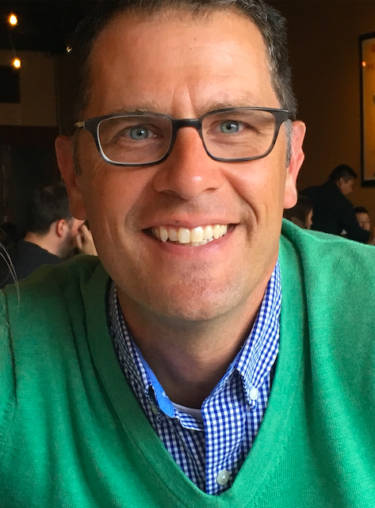Teacher Chad Evans takes his class to the southern border where the rubber of immigration issues meets the road.
Recently, I accompanied some of my students to Nogales, a city on the US-Mexican border divided by a 20-foot steel fence. We spent two weeks with migrants, ranchers, law enforcement and humanitarian groups, complicating our understanding of the current immigration crisis.
I met a man I’ll call Manuel. He came from Guatemala with his teen-age son, whose life has been threatened both by government security forces and a local gang. They came to the border to present the son’s case for asylum. Manuel’s intention was to return to his middle-class job and family life in Guatemala, once he ensured the safety of his son with relatives in the US. They had been waiting for nearly a month to present themselves to immigration officials.
What comes after that for asylum seekers like Manuel’s son is an even longer wait-- at times more than three years -- usually in a federal detention facility, for a hearing before an immigration judge. Asylum requests in southern Arizona are denied in roughly 95% of cases.
I am Catholic, and am challenged by Pope Francis’ statement that the global migration crisis will be solved only when those of us with power and privilege come to know the story of one migrant. Meeting Manuel has saddened me about our country. Driving home through the San Joaquin valley, I couldn’t help but think of the agricultural workers on whose backs our state’s economy is laid. Our lives are profoundly interconnected. Most of these workers are migrants, many of them here without legal documentation or protection. It seems to me that we are failing one of the great moral challenges of our time when we meet the hopes and dreams of people like Manuel with more walls, more fences and more guards.
